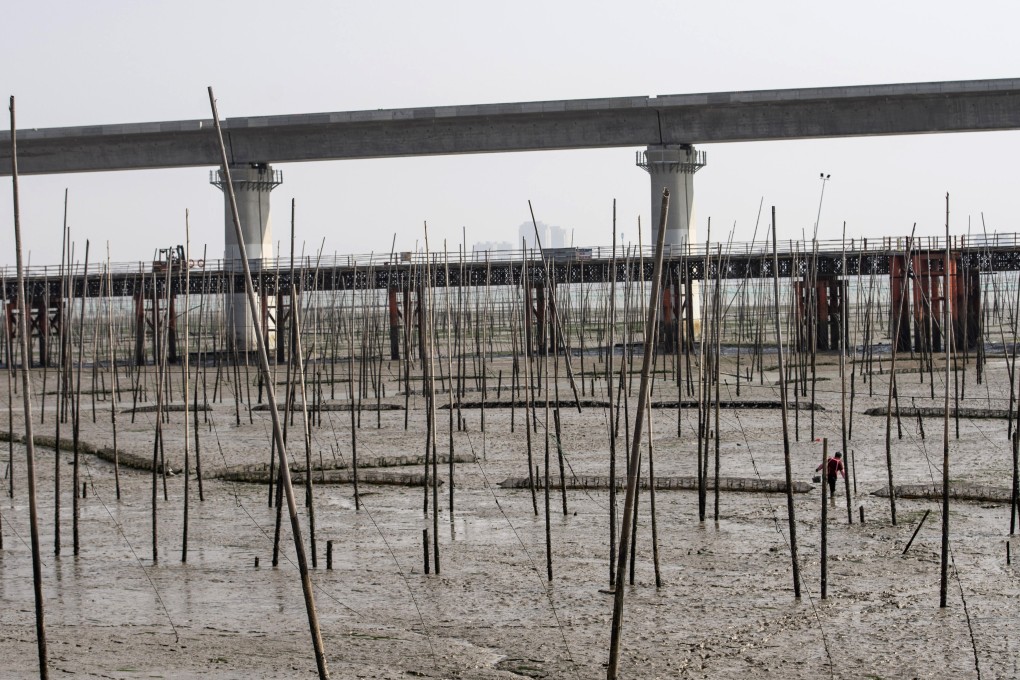China’s local government debt may not cause a financial crisis, but it poses a huge fiscal challenge
- China must boost its tax rates and realign tax and expenditure responsibilities so local governments become less dependent on revenue allocations from Beijing and land sales to finance their expenditure

This phenomenon is an outgrowth of China’s skewed fiscal structure. In China, provincial and municipal governments lack broad taxation powers; those are jealously guarded by Beijing.
Yet, the central government relies on its local counterparts to fund and provide the bulk of infrastructure and social services. So, provinces are chronically short of revenue but burdened with spending obligations.
For many local governments, establishing LGFVs allows them to spend beyond their restricted means. That debt is better categorised as government liabilities than corporate debt.
Local governments have poured the funds raised by the floating of bonds via LGFVs into infrastructure projects. In 2000, the levels of fixed asset investment undertaken by SOEs that were locally and centrally run were similar.

